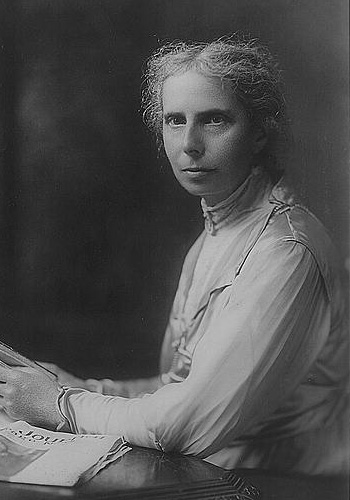In 1870, Lucy Stone and husband, Henry Browne Blackwell, began Woman’s Journal. A prominent suffrage lecturer, Stone had organized the first national women’s rights convention twenty years prior in Worcester, Massachusetts, with the goal of boosting support for suffrage across the country. Their daughter, Alice Stone Blackwell, started writing for the journal at a young age and eventually took over as editor and became a leader in her own right.
"Parade Struggles to Victory Despite Disgraceful Scenes." Images of the women's suffrage parade in Washington, DC. Woman's Journal and Suffrage News. March 8, 1913. Library of Congress
Annotate this Image
Directions: Read the Woman’s Journal front page about the suffrage parade held in Washington, DC, in 1913. Utilize the magnifier to help you. Then use the annotation tool to take notes on the following questions:
- What do you first notice about the paper’s front page?
- What struggles did the women marching in the parade come up against?
- Describe the tone of the article. Give at least one specific example.
- What is the perspective of the Woman’s Journal? Include a few specific quotes from the article to support your response.
- You will examine another aspect of the parade on the next page of the case study. Before you turn the page, however, take a moment to reflect and ask yourself: Whose voices are not represented in the article?
Download the notes to share with your class.
Source: "Parade Struggles to Victory Despite Disgraceful Scenes." Images of the women's suffrage parade in Washington, DC. Woman's Journal and Suffrage News. March 8, 1913. Library of Congress
Use the toggle button above to switch to Magnify Mode. Magnify mode will help you see finer detail in the image.
Switch back to Annotate Mode to create your annotations with click and drag.

Your Annotations







